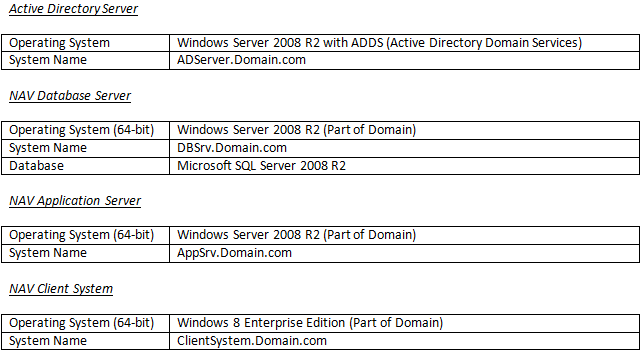

This command starts a technical upgrade to a database called DATABASE_NAME on the server called YOURSERVER. Now you can do that by using the Invoke-NAVApplicationDatabaseConversion cmdlet: Invoke-NAVApplicationDatabaseConversion -DatabaseName DATABASE_NAME -DatabaseServer YOURSERVER What about the technical upgrade? Previously, with Development Environment you could open the database with a new version of the DEV Enviroment and perform a technical upgrade (aka a database conversion) to the new version. With -DatabaseLocation you specify the path where data files and log files will be created. You can also set the Collation by using the -Collation switch (default is Latin1_General_100_CS_AS). The command to execute is normally the following: New-NAVApplicationDatabase -DatabaseServer YOURSERVER -DatabaseName DATABASE_NAME -DatabaseLocation YOUR_DB_FILES_LOCATION_PATH To create a new Dynamics 365 Business Central database, you need to use the NAV- NAVApplicationDatabasecmdlet.


This more tricky process occours mainly because now you don’t have the Development Environment available anymore.Īnother problem that you could have strictly related to this is the following: how can I create a new Dynamics 365 Business Central Wave 2 database now?įor creating a new database, now Powershell is again your friend. CREATE (DomDoc) DomDoc.load (APPLICATIONPATH + ‘nfig’) DomNode. code htmlscriptfalseIF ISSERVICETIER THEN BEGIN.
#Microsoft dynamics nav database server how to#
I’ve explained few days ago how to change a license from customer’s one to partner’s one when working with Dynamics 365 Business Central Wave 2 on-premise. Here are my way of finding the current database server and database name for both Classic Client and RTC Client.


 0 kommentar(er)
0 kommentar(er)
